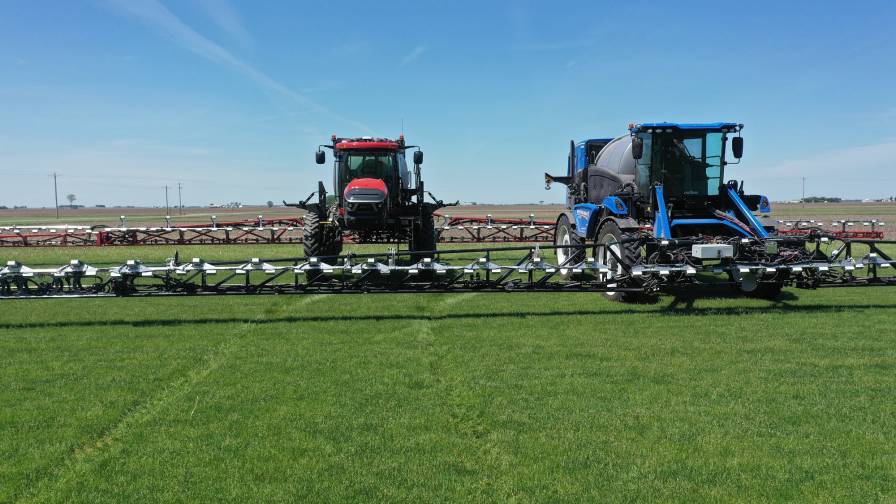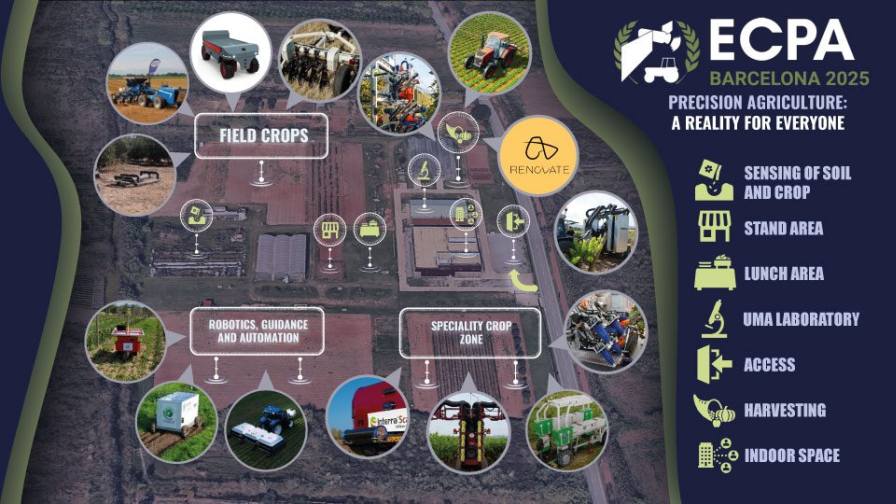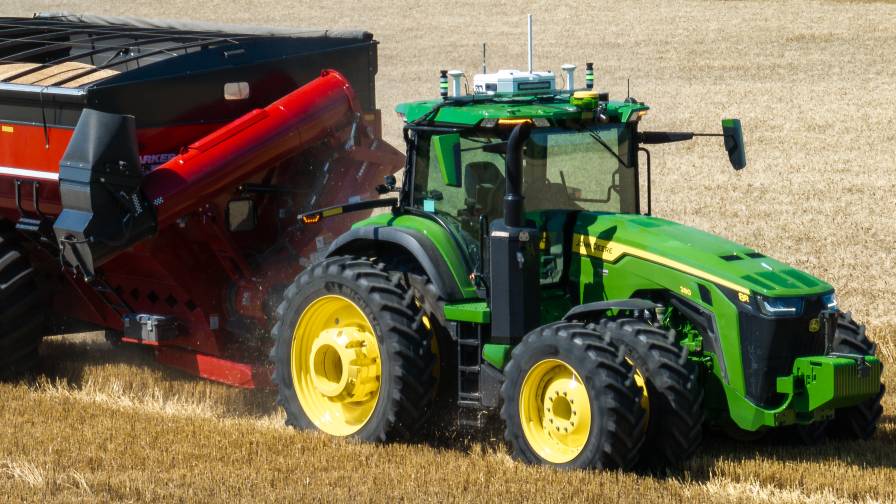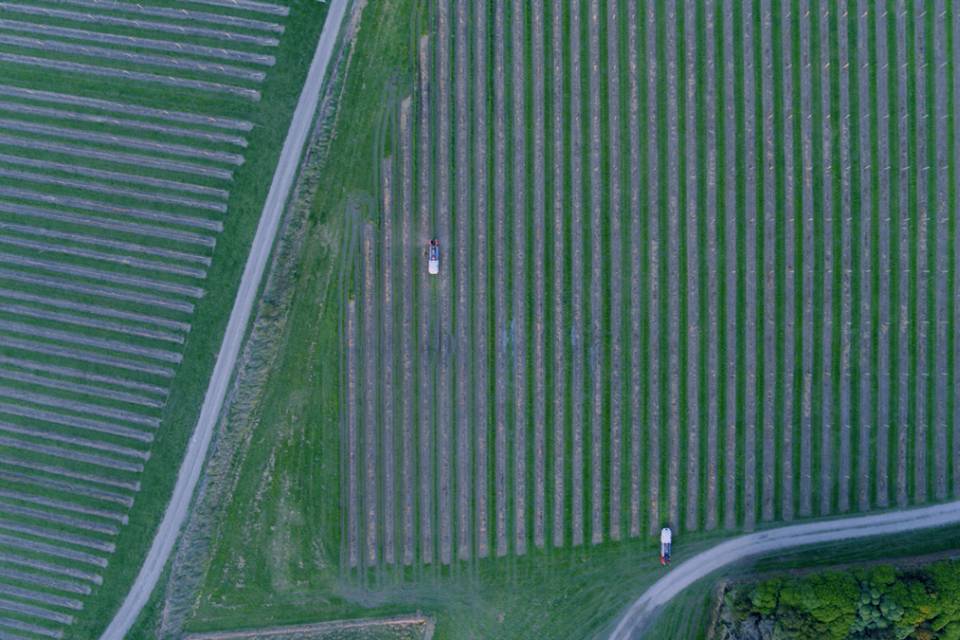Harvesting Tomorrow: New Ideas and Changes in the Agricultural Robots Market
As we face higher food needs, worker shortages, and a push for eco-friendly farming, farm robots have become key players in changing how we grow food worldwide. These high-tech machines do more than just boost productivity — they’re changing the game in planting, watching over, and picking crops. As farms bring in more robots and AI, they are setting the stage for a farming future that is smarter and tougher.
Market Snapshot
The global Agricultural Robots Market is set to grow in the coming years. This growth stems from increased investment in agri-tech, higher demand for precision farming, and greater food needs due to population growth. Experts value the global agricultural robots market at $15.8 billion in 2024 and predict it will reach $51.2 billion by 2030, growing at a rate of 23.9% each year. North America currently leads the pack due to farmers there adopting new technology and operating large farms. However, the Asia-Pacific region is expected to grow the fastest, thanks to its expanding farming sector and supportive government initiatives for automation. Some big names in this field include John Deere, Trimble Inc., AGCO Corporation, Naïo Technologies, and DJI, among others.
The Constant Shift from Manual to Mechanical
Agriculture, historically dependent on human work, relies on intelligent automation. Increased labor costs, urban migration, and the population of aging farmers will accelerate this change. Agricultural robots, or agribots, fill work gaps by providing accuracy, scalability, and consistency that match manual tasks.
Key types of agricultural robots that grow with the land
Agriculture is being transformed by a wide spectrum of robotic systems:
MORE BY THE RESEARCH INSIGHTS
Smart Spraying Takes Root: Agriculture Spraying Equipment Market Grows With Precision And Sustainability At The Core
- Autonomous tractors, equipped with GPS and sensors, can plant, till, and spray crops requiring little human assistance.
- Robotic Harvesters: Ideal for delicate activities like fruit harvesting, they prevent crop damage and manpower shortages.
- Weeding robots use AI and computer vision to find and eradicate weeds, reducing pesticide consumption.
- Drones and Aerial Imaging Systems perform important roles in crop observation, health assessment, and spraying.
- Livestock Management Bots: Robotic milking systems and automated feeding improve animal health and production.
Agri-tech enterprises and startups are driving innovation in each sector.
Smarter farming with AI, sensors, and connectivity
Today’s agri-bots are intelligent, setting them apart from past automation. Machine learning and edge computing allow robots to adapt to ambient conditions and prior crop performance. IoT sensors implanted in soil or attached to equipment measure real-time parameters like as moisture and temperature. These inputs help robots make independent decisions and provide farmers with valuable knowledge. The outcome is improved yield predictability, less input waste, and faster reaction to changing conditions.
Go Green with Machines: Sustainability as a Market Driver
Sustainability is a requirement, not just a trend. As consumers and governments demand responsible farming, agricultural robots are gaining traction. Precision application of water, fertilizer, and pesticides reduces environmental effects, while electric and solar-powered robots promote decarbonization. These solutions can alleviate soil compaction, a typical issue produced by heavy conventional machinery.
Obstacles to Widespread Adoption
Agricultural robots have significant challenges, despite their potential:
- High upfront costs: Advanced robotic systems might be prohibitively expensive, especially for small and mid-sized farms.
- Infrastructure gaps: Many rural regions lack energy and reliable internet for linked systems.
- Farmers need training to operate and maintain high-tech machinery, which may need technical expertise or external help.
- Inconsistent worldwide standards for autonomous machines, drones, and data usage impede cross-border adoption.
Collaboration among governments, technology providers, and agricultural communities is necessary to address these concerns.
New Frontiers: Emerging Trends and Opportunities
Several new developments are altering the Agricultural Robots Market:
- New robotics-as-a-Service (RaaS) models make robots more accessible to farmers by allowing them to rent equipment or pay per use.
- Collaborative robots (Cobots) can increase production without eliminating workers, making them perfect for tasks such as fruit picking.
- Agri-bots designed for indoor or vertical farming may produce food in urban settings with limited space.
- Open Platforms and Integration: New technologies integrate with existing farm management tools for easy adoption.
Conclusion: The Agricultural Robots Market is altering the agricultural paradigm, not only automating labor
With the integration of robots, artificial intelligence, and sustainability, these technologies are becoming crucial instruments for ethically addressing global food demands.
While obstacles persist, the speed of innovation and the benefits these technologies provide point to a future in which farming is not just more efficient and scaled, but also more sustainable and resilient. In a world coping with climate change, population demands, and food security worries, agri-bots may likely become farmers’ most valued partners.









